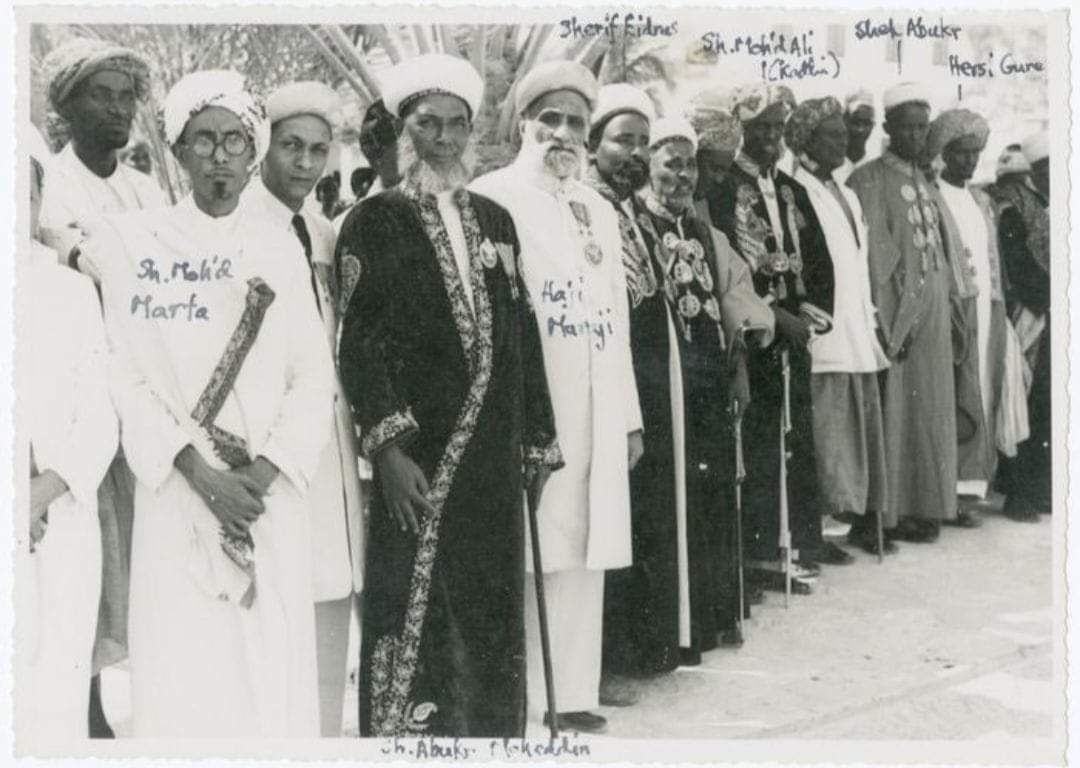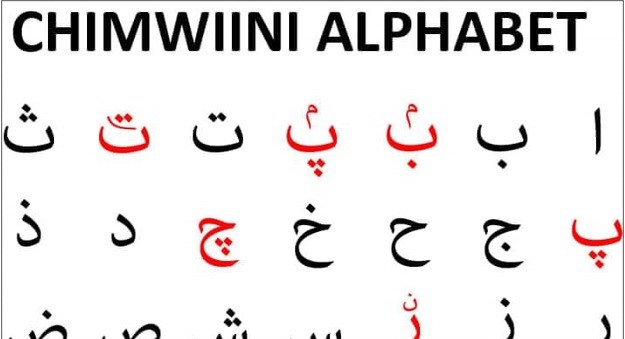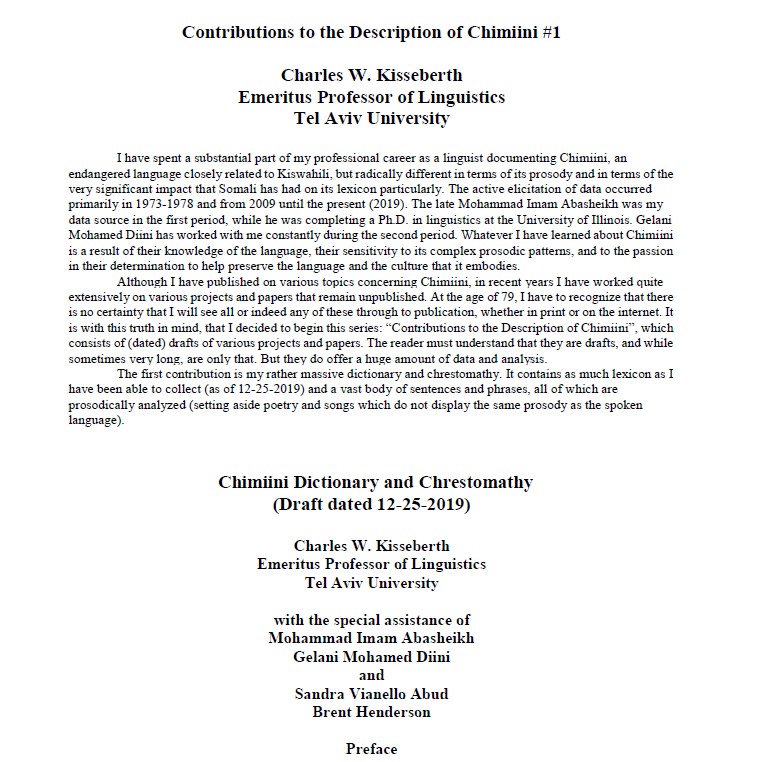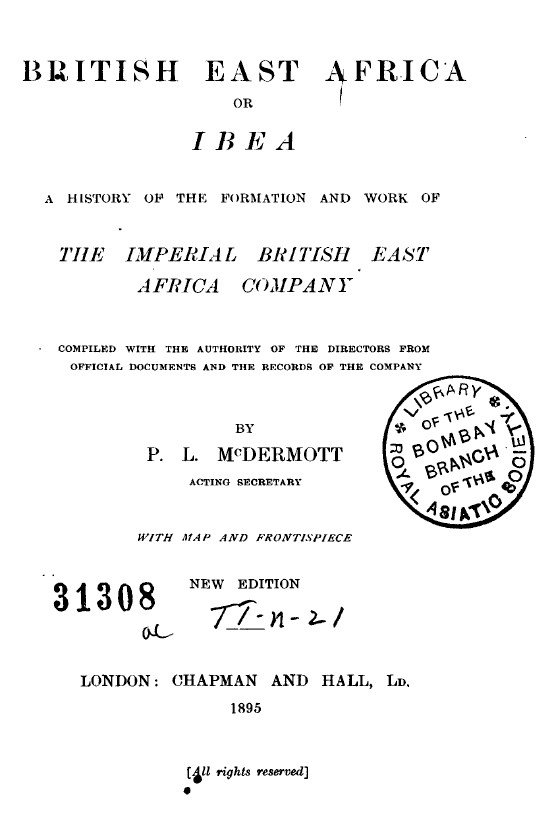When writing about Banadir history and the contributors to this magnificent civilization, it’s only fair to mention the Somali Cushitic people, their contribution and part to play in East African History. After all, the Banadir region after colonisation is situated as to what is now Somalia. This however, does not negate the fact that Somali presence was felt as far down to the Juba rivers, from nomadic communities in the hinterlands, to traders in portal cities, and agriculturalists in their most developed lands, Somalis wandered all over the horn of Africa throughout history. And in turn left a great insight of their culture, history and civilization. This brief article will seek to examine the Somali as a people, and the different lifestyles they lead.
Somalia – situated in the East of Africa, a country rich with history and natural resources, from sandy deserts like the Guban Desert near the Gulf of Aden, to highlands and rugged mountains in its northern regions, and the green fields sitting in the low plains and valleys of the southern region, not only is it home to a diverse group of multi-cultural civilizations such as the Bantu and the Banadiris, who are only limited to the south of the country. It is however, vastly inhabited by the Somali Cushitic groups, Cushitic groups who differ from traits and characteristics, there are the nomadic pastoral groups who roam the most parts of the horn, the urbanised sea-faring Somalis who are mainly found in the North of Somalia (Zeila, Berbera etc.), and the agriculturalists, farming group of Somalis.
Pastoral Somalis
The pastoral groups are commonly seen as the face of the Somalis, their fearlessness, warrior type features and the will to survive has left them a name and history for themselves, as described by Gerald Hanley (2004), “fierce and independent-minded tribesmen”, who roamed the hinterlands of the Horn of Africa. Much can be said about this group of people, their resilience in defying their enemies, as seen in the case of The Dervish Movement, who lead a decades long battle against the British and the Italians. (Jardine, 2015)
On the other side of this warrior like group, there is their nomadic lifestyle that they lead, the life of a nomadic Somali can be interesting. In the past they would venture out in the hinterlands of Somalia, their life was influenced by the
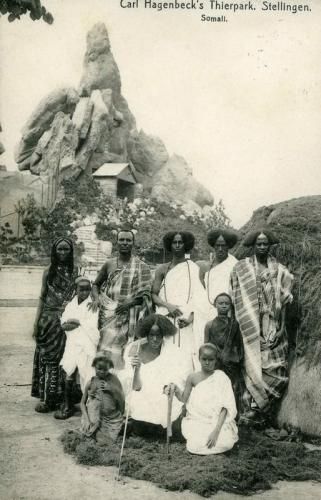
ruthless desert and climate changes of the region. Based on the season and circumstances, they would together with their family and herd move over vast stretches of the countries plain in search of pasture and land for grazing. Due to scarcity of water sources and irregularity of rainfall in the country, much of the nomadic Somali’s civilization is based on migration, finding a suitable place to stay temporary with their herd. Their settlements are makeshift homes built using sticks and animal skin, which they carry on to their next move. In the middle age and later on, with the advancement of urban cities in the region, nomadic Somalis would often trade with passing-by trading caravans or nearby cities, they would regularly visit cities to sell camel milk or livestock. (Hassig, 2008)
Their social structure is more built on clan and tribal rule, something which is carried on up until today based on the impact and influence the nomadic Somalis had on the country. The importance of having a clan identity for a wandering nomad gives them a sense of belonging, a form of protection and perhaps nobility. Clans were used to keep a hierarchical control on land and communities in the hinterlands of Somalia, it helped maintain peace and stop violence from erupting within each clan. The Clan structure in Somalia is a topic within itself, it is backed with its own studies linking it to genealogical research and migration patterns.
Seafaring Somalis
The sea-faring Somalis, mainly found in the North (modern day Somaliland), whose history has

given them a distinction to their fellow Somalis, based on culture, societal norms, tradition etc. As a result of their geographical location, sitting on the Gulf of Aden, this connected the northern Somalis to a world of trade and commerce in the Arabian sea. And they certainly did take advantage of this, as seen from their historical records and evidence in the archaeology of those regions compared to the rest. Remnants of ruined cities, stone walls (Wargaade Wall) are some of the evidence of a advanced civilization that compliments the vast history of the Horn. From ancient civilizations enjoying trading relationships with ancient Egypt and Mycenaean Greece, to the middle ages were the Adal Sultanate who established territorial empires, warded off invaders and became a military power house in their region, and then to the Isaaq seamen, reaching as far as America, Wales (Cardiff) and Northern England (Sheffield, Liverpool) as early as the 1940’s to trade or work. Ansari (2004), in his book “The Infidel Within” talks about the first group of Muslims who migrated to UK as workers, he went on to mention the earliest group of Somalis entered UK in the early 1900’s.
Agriculture
Somalia boasts itself with some of the best fertile land in East Africa, the fertile interriverine area in the South of Somalia, mainly between Jubba and the Shabelle rivers. Although these areas are predominantly inhabited by the Banty/Wagosha community, some areas such as Baidoa are largely inhabited by the Somali cushitic communities. They lived there throughout time engaging in farming and grazing. Their production would often be a main commodity for trading with other neighboring communities. Their outstanding natural green fields and habitation is witnessed by L. Vannutelli (1899), an Italian explorer who visited Baidoa in 1895, below is an excerpt of his time there:
“We are in the centre of Baidoa. Whoever has not seen this region, known rightly as the granary of Somalia, cannot imagine how, after so much scrub land, there is, as if one is in a dream, a land so fertile […] one just has to think of the rich cultivation of our own countryside. The plain stretches as far as the eye can see like an immense tropical garden, all cultivated with corn, cotton, beans and tobacco […]. Do not think that it is unploughed or in need of water. In every one of the numerous villages cisterns have been dug between the fields to collect rainwater, more than enough for both the people and animals.” (Citerni, 1899).
This alone shows the rich cultivation of some regions, and one of the many aspect the Somalis adapted and familiarized themselves with. All three certainly played hand in hand in shaping up the society of the Somalis.

References:
Hanley, G. and Hanley, G., 2004. Warriors – Life And Death Among Somalis. London: Eland.
L. Vannutelli, C. Citerni, L’Omo: viaggio d’esplorazione nell’Africa Orientale, Milano, Hoepli, 1899, p.66.
Ansari, H., 2004. The “Infidel” Within. London: C. Hurst.
Jardine, D., 2015. The Mad Mullah Of Somaliland. Naval & Military Press.
Hassig, S. and Latif, Z., 2008. Somalia. New York: Marshall Cavendish Benchmark.




